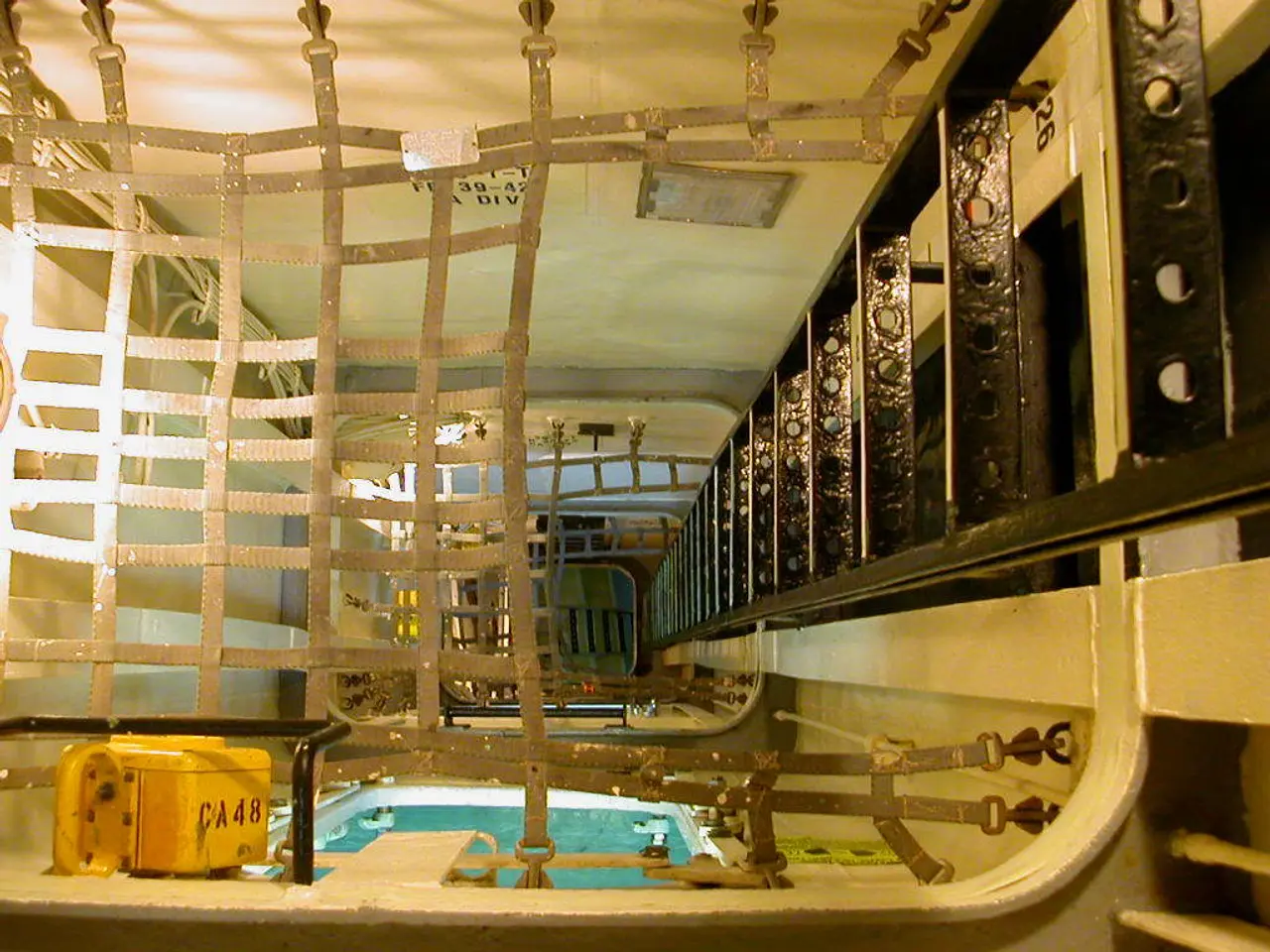Preserving Data Integrity in Digital Communication: Securing Accuracy during Data Transfer in Contemporary Network Systems
Error control, a crucial aspect of data communication, is divided into two main components: error detection and error correction. These techniques ensure that the data received is accurate and error-free.
Error Detection and Correction
Error detection involves identifying the presence of errors in the received data without correcting it. Techniques include parity checking, checksums, and Cyclic Redundancy Checks (CRC). Once errors are detected, the corrupted data needs to be retransmitted.
Error correction, on the other hand, not only detects errors but also reconstructs the original error-free data. Forward Error Correction (FEC) codes, like Hamming codes, add redundant bits to enable the receiver to both detect and fix errors without retransmission.
Automatic Repeat reQuest (ARQ) Techniques
Automatic Repeat Request (ARQ) techniques combine error detection with retransmission requests for error recovery in communication protocols. These include Stop-and-Wait ARQ, Go-Back-N ARQ, and Selective Repeat ARQ.
- Stop-and-Wait ARQ is simple but inefficient for high-latency channels. The sender transmits one frame and waits for an acknowledgment (ACK) before sending the next. If no ACK is received within a timeout, the frame is resent.
- Go-Back-N ARQ allows the sender to send several frames before needing an ACK, but if an error is detected in a frame, all subsequent frames are retransmitted.
- Selective Repeat ARQ improves on Go-Back-N by retransmitting only the erroneous frames, increasing efficiency.
Forward Error Correction (FEC) Codes
Forward Error Correction (FEC) codes add enough redundancy to the transmitted data that the receiver can both detect and correct errors without requiring retransmission.
- Repetition Codes are simple FEC codes that send each bit multiple times (e.g., three times). Majority voting at the receiver decides the correct bit but are bandwidth-inefficient.
- Hamming Code adds parity bits to data bits to detect and correct single-bit errors by checking parity conditions. Efficient for single-error correction but fails to correct multiple errors.
Other Techniques
- Rate Adaptation is a technique used in wireless networks to dynamically adjust the coding rate based on channel conditions.
- Synchronization issues between sender and receiver can lead to errors in data transmission.
- Selective Repeat ARQ allows the receiver to accept and buffer frames received after an errored frame.
- LDPC codes are used in 5G networks, Wi-Fi 6, and satellite communications. In 5G networks, LDPC codes are used for data channels, while Polar codes are employed for control channels.
- Hybrid ARQ is used in modern wireless technologies to correct errors before requesting retransmission.
- Multiple Input Multiple Output (MIMO) is used in wireless networks to improve reliability using spatial diversity.
Error transmission in data communication can be caused by various factors, including noise and interference, attenuation, distortion, hardware failures, and synchronization issues. Techniques like CRC and Hybrid ARQ help mitigate these issues.
[1] https://www.cs.cmu.edu/~dst/11-761/lectures/lec14.pdf [2] https://www.cs.cmu.edu/~dst/11-761/lectures/lec15.pdf [3] https://www.cs.cmu.edu/~dst/11-761/lectures/lec16.pdf
- Information technology and data-and-cloud-computing rely heavily on networks like the internet, where error control techniques are essential to ensure data integrity.
- Some error correction methods, such as Forward Error Correction (FEC), can reconstruct error-free data by adding redundant bits, avoiding the need for retransmission.
- In modern technologies like 5G networks and Wi-Fi 6, advanced techniques like Low-Density Parity Check (LDPC) codes and Hybrid Automatic Repeat Request (H-ARQ) are used for error control, ensuring the efficient and accurate transmission of data over the network.




